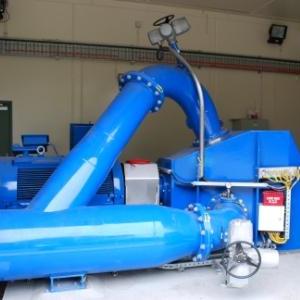The main element of the Feed-In Tariffs is the generation tariff for each kilowatt-hour produced
What energy is the generation tariff paid on?
The generation tariff is the main payment of the Feed-In Tariffs and is paid on the total output of the renewable energy system – whether you feed it into the grid or use it yourself.
Yes, you actually get paid for the energy you use!
Many people don’t realise this because the name “Feed-In Tariffs” suggests the tariffs only apply to what you feed in to the grid. The name was originally applied to the system in Germany, because the tariff was originally paid on that basis. Things have now evolved, but the name hasn’t caught up.
The only exception to this rule is that tariffs are not paid if the energy is wasted just trying to get a tariff payment.
 How much is the generation tariff?
How much is the generation tariff?
The generation element depends on the type of energy produced and the capacity of the system.
For full details about the generation tariff for each renewable energy system have a look at our Tariff Levels Table.
What is the ‘capacity of the system’?
In principle, it is the rated maximum output of the renewable energy generator.
For example, an anaerobic digestion system with a capacity of less than, or equal to, 500 kW would qualify for a generation tariff of 11.5 pence per kWh. An anaerobic digestion system with a capacity of more than 500kW would qualify for a generation tariff of 9 pence per kWh.
 What if I have more than one system?
What if I have more than one system?
Each type of renewable energy system will be considered (and metered) separately because the generation tariffs are different for each of the different types of renewable energy systems.
The export tariff, that is the tariff paid for electricity exported back in the grid, is the same for all systems.
